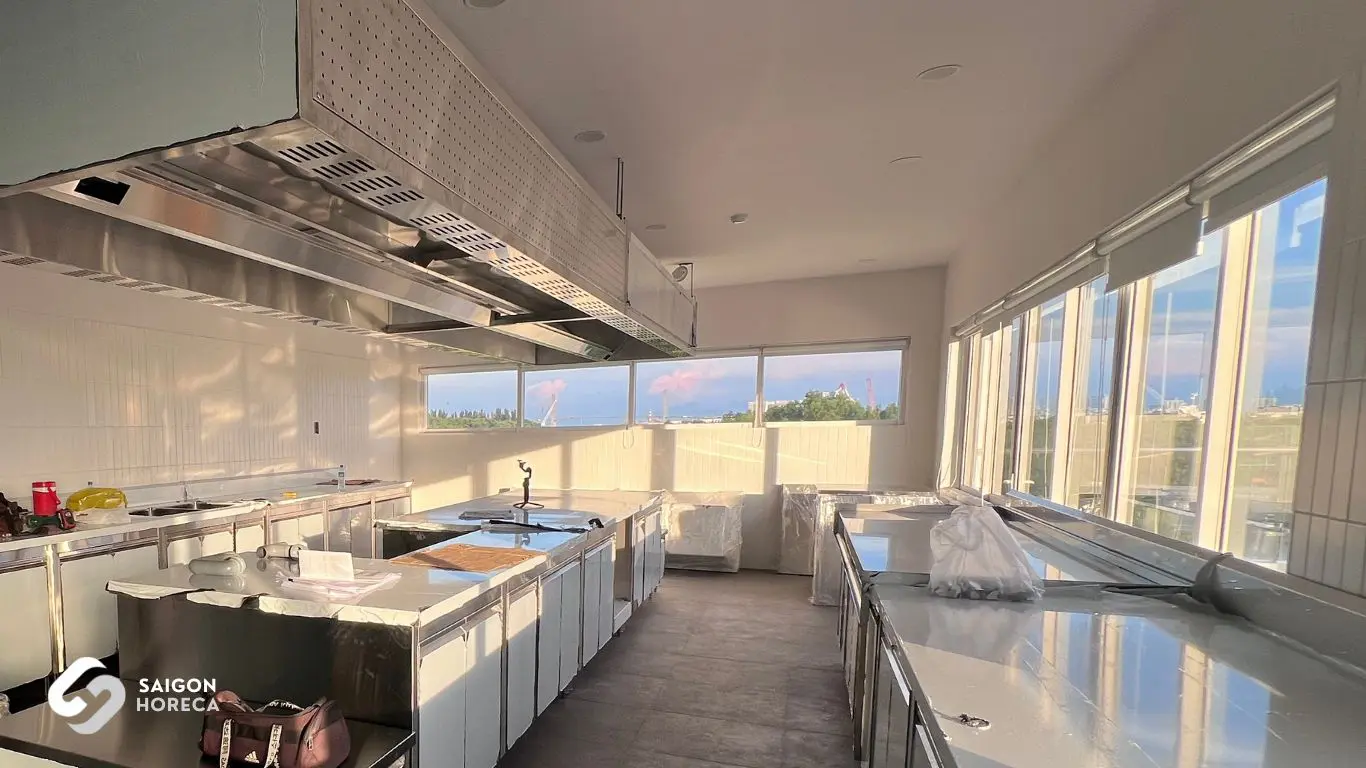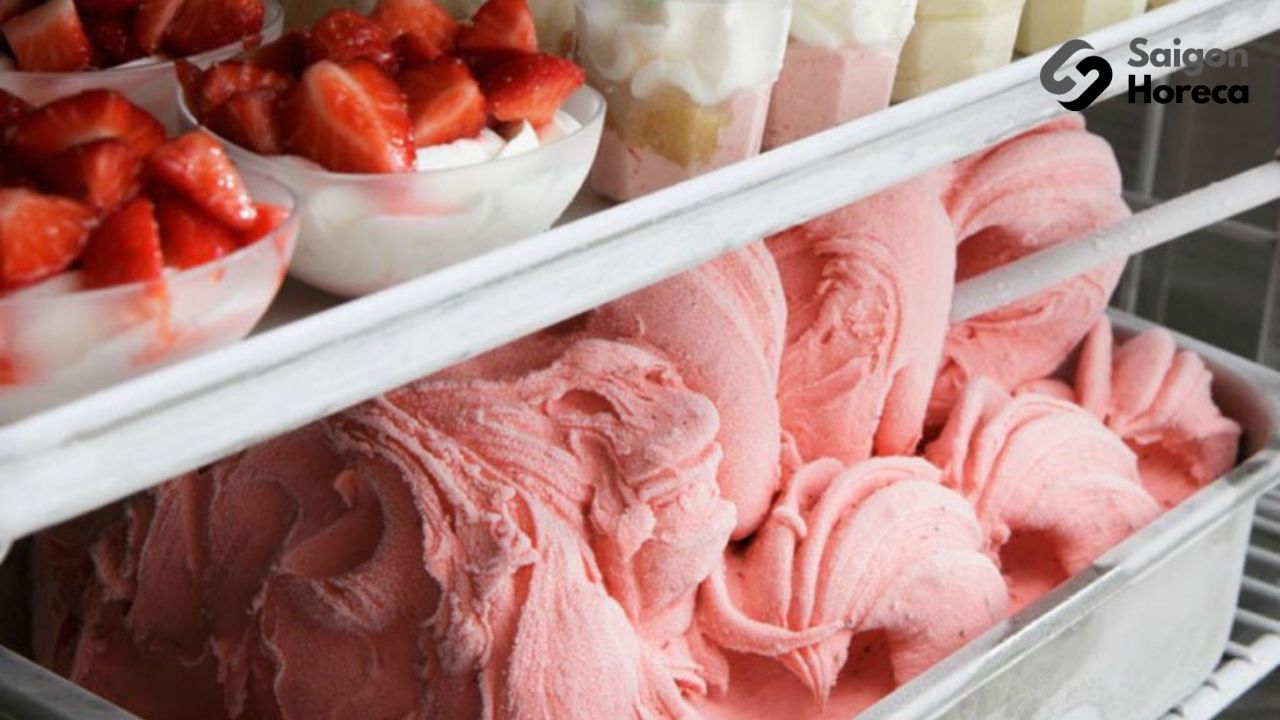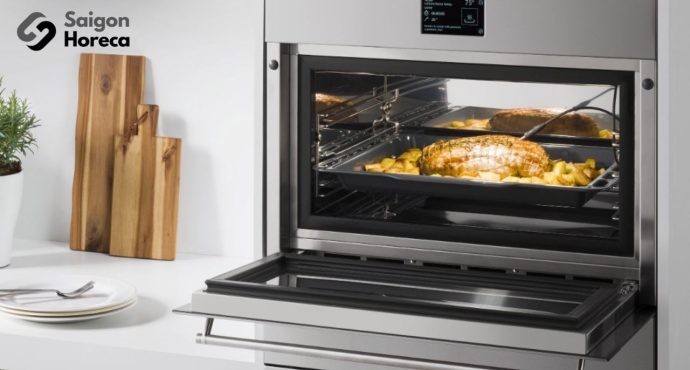




Is there a safer and more hygienic way to chill food than relying on conventional refrigerators or Blast Chiller? In recent times, the demand for safety, efficiency, and hygiene has driven the increased popularity of Blast Chiller equipment. This article will address all the important questions and needs when considering the implementation of Blast Chiller equipment in your kitchen environment.
A blast chiller has the capability to rapidly cool food from 70°C to 3°C in just 90 minutes, or from 70°C to -18°C, and even lower, in 240 minutes. Compared to conventional slow cooling methods, this approach more effectively prevents the growth of microorganisms and enzymes, ensuring food safety and hygiene. In contrast to slow traditional cooling methods, the primary advantage of a blast chiller equipment is that it cools food more quickly, minimizing water loss and cell rupture, all while preserving the food’s internal structure. Blast chilling generates smaller ice crystals compared to regular cooling methods, and these crystals have no impact on the quality of the food when it’s cooked. This helps preserve the flavor, nutrients, and overall quality of the food more effectively.


Most bacteria are inhibited by low temperatures, although low temperatures cannot completely eliminate all bacteria. High temperatures, along with ultraviolet rays, are needed to eliminate most of them. However, the blast chiller has the capability to slow down the growth of bacteria, which is particularly important because bacteria tend to grow rapidly at temperatures between 63°C and 5°C. The time that food is kept within this temperature range needs to be minimized to ensure food safety.
Typically, regular industrial refrigerators take a few hours to cool or freeze food, during which bacteria can grow rapidly and pose a risk of spoiling the food. In contrast, the blast chiller can quickly cool food to a very low temperature (usually -18°C or lower), significantly slowing the growth and reproduction of bacteria and microorganisms compared to a regular refrigerator. This helps to maintain food quality and extend its shelf life.
However, it’s important to note that when thawing food, bacteria can still grow under suitable conditions if not heated or handled correctly. Therefore, the thawing process should also be carried out carefully and following food safety standards before consumption.


As mentioned earlier, the slow cooling speed of a regular refrigerator can potentially allow food to linger in the danger zone, where bacteria actively grow, posing a risk to food safety in commercial kitchens. With its powerful cooling capabilities, commercial blast chillers can significantly reduce the time food spends in the danger zone, ensuring safer storage for the future.
The lowest temperature achievable in a blast chiller is typically lower than that of a regular refrigerator, often reaching around -45°C as compared to -18°C. This means that a blast chiller can cool the interior of food items more rapidly, reducing processing and waiting times. Some deep chilling blast chillers can even reach temperatures as low as -80°C (with some custom models going as low as -90°C). These deep chilling blast chillers are better suited for preserving lab samples, medications, seafood, and other items at very low temperatures and are commonly used in medical facilities, research settings, and scientific applications.
A regular refrigerator is not designed to handle hot food, as this can overload the cooling system and affect other components. Food placed in a regular refrigerator while still hot not only increases the risk of spoilage, but it can also raise the humidity inside the fridge, promoting bacterial growth and potentially diminishing the freshness of other items. These issues can be easily addressed with a blast chiller, which has a more powerful cooling capacity and can rapidly chill hot food, reducing the waiting time significantly.
Particularly, it can be useful for items like hot soups that are challenging to cool down. However, one limitation of a blast chiller is that it’s not meant for long-term storage. It’s designed for rapid chilling and short-term preservation. To achieve extended shelf life, items processed in a blast chiller can be transferred to a regular refrigerator, where they can be stored safely for a more extended period. This approach allows ingredients to be preserved for longer and with reduced health risks compared to storing them directly in a regular refrigerator.
>>> Read more: Top 5 Benefits of Using a Blast Chiller in the Kitchen
Monday - Friday
from 8h00 to 18h00
Số 40 Đường số 6, KDC Melosa Khang Điền, Phú Hữu, HCM.
Contact anytime













